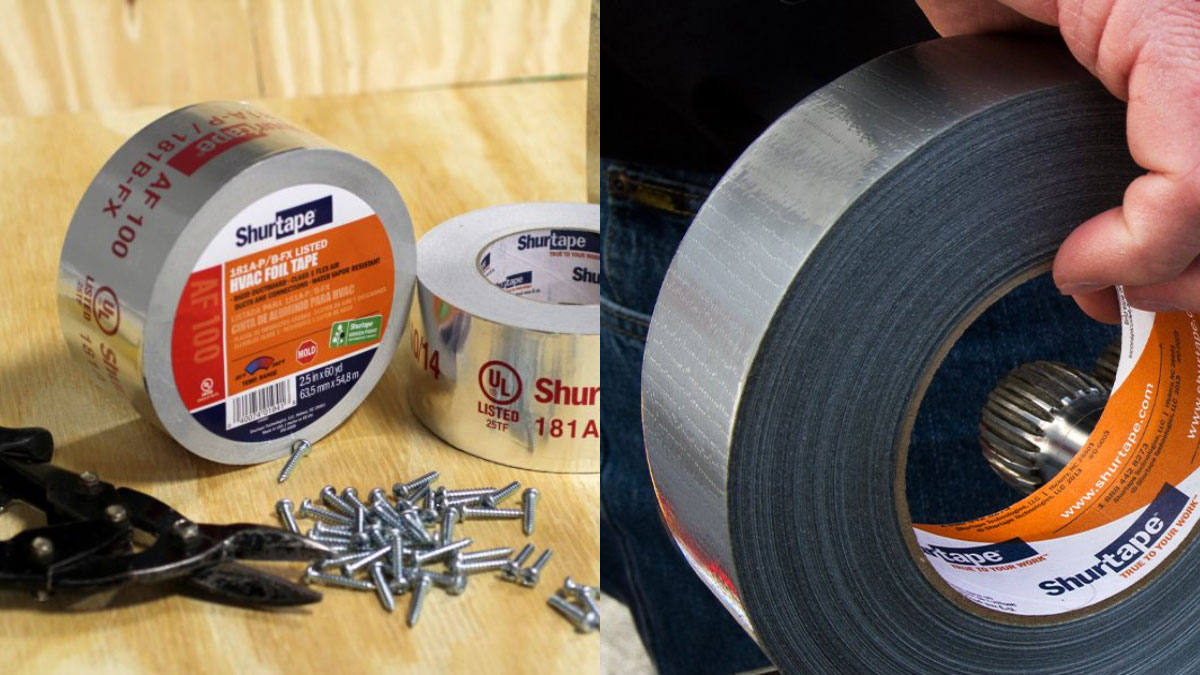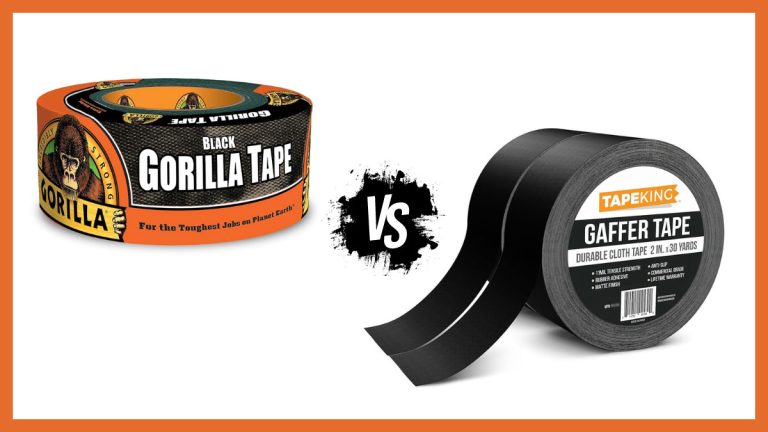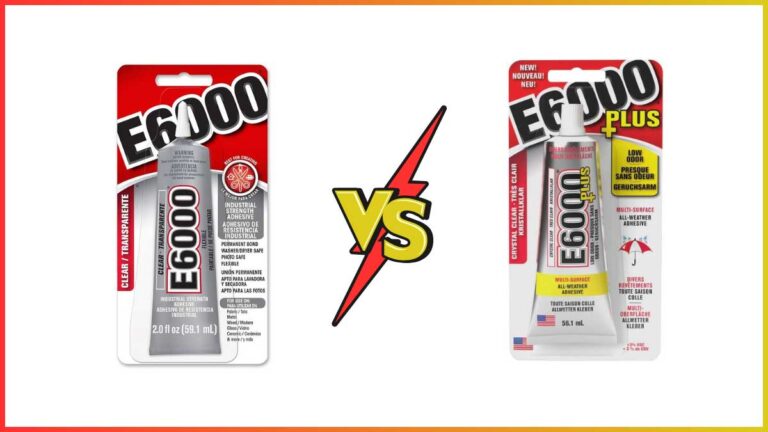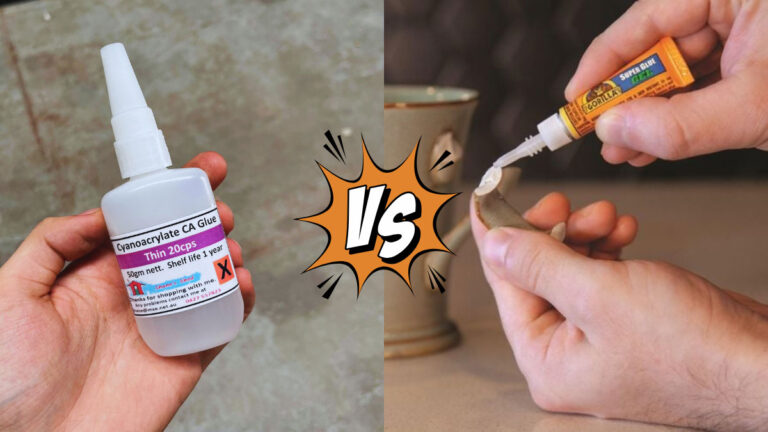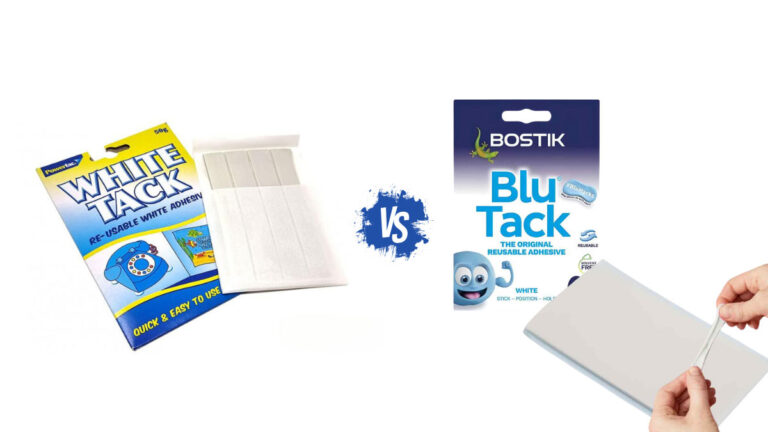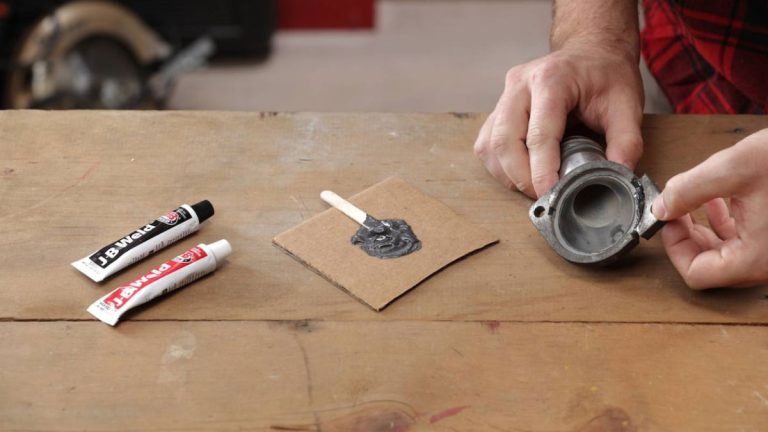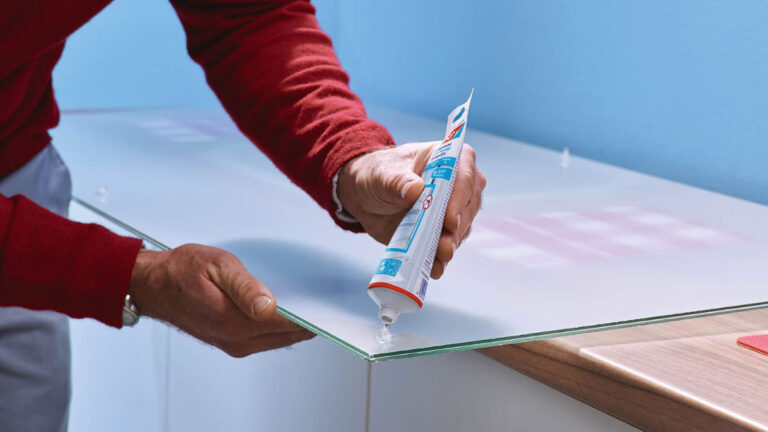HVAC Tape vs Duct Tape: Understanding the Key Differences
When it comes to quick fixes and sealing solutions, HVAC tape and duct tape often come to mind. While both tapes might seem interchangeable, they serve distinct purposes and excel in different scenarios. Knowing when to use each can make all the difference in your DIY projects and professional repairs.
HVAC tape is specifically designed for heating, ventilation, and air conditioning systems, offering high durability and temperature resistance. On the other hand, duct tape is a versatile tool for general repairs but falls short in extreme conditions. Understanding the strengths and limitations of each tape will help you choose the right one for your needs, ensuring your projects are both efficient and long-lasting.
Key Takeaways
- Distinct Purposes: HVAC tape and duct tape serve different purposes; HVAC tape is meant for heating, ventilation, and air conditioning systems, while duct tape is versatile for general repairs.
- Material and Construction: HVAC tape is typically made from aluminum foil with heat-resistant, flame-retardant properties. Duct tape usually features a fabric backing coated with rubber-based adhesive.
- Temperature and Moisture Resistance: HVAC tape withstands extreme temperatures and offers high moisture resistance, making it ideal for HVAC applications. Duct tape, however, is less effective in high-temperature or moisture-heavy environments.
- Applications: Use HVAC tape for sealing and insulating HVAC ductwork and protecting ducts from the elements. Duct tape is best suited for temporary fixes, bundling items, and household tasks.
- Cost and Durability: HVAC tape is more expensive and requires a clean surface for optimal adhesion but offers superior durability and temperature resistance. Duct tape is more affordable, easier to apply, but less durable in demanding conditions.
- Choosing the Right Tape: Consider the specific needs of your project to choose between HVAC tape for professional, high-temperature tasks, and duct tape for versatile, short-term repairs.
Overview Of HVAC Tape And Duct Tape
You must understand the differences between HVAC tape and duct tape to choose the right material for your needs. While both tapes serve sealing purposes, they differ significantly in materials, construction, and applications.
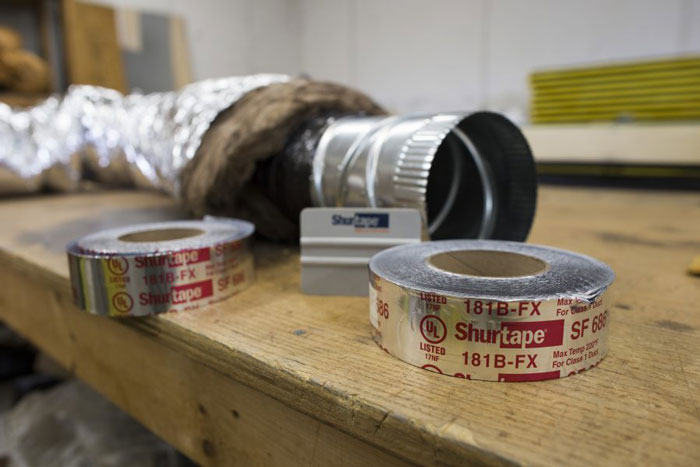
1. Materials and Construction
- HVAC Aluminum Foil Tape: This tape consists of aluminum foil with a pressure-sensitive adhesive (PSA). It’s heat-resistant, moisture-resistant, and flame retardant, making it suitable for extreme temperatures.
- Duct Tape: Typically composed of a fabric backing, often polyethylene-laminated spun rayon cloth, coated with a rubber-based adhesive. It’s versatile but unsuitable for high-temperature environments.
2. Uses and Applications
- HVAC Aluminum Foil Tape: Designed specifically for HVAC systems. Ideal for:
- Sealing joints in HVAC ductwork
- Insulating ductwork
- Protecting ductwork from elements
- Duct Tape: More versatile and used for general purposes. Common uses include:
- Temporary repairs
- Sealing small leaks
- Bundling items
- Household tasks
| Feature | HVAC Aluminum Foil Tape | Duct Tape |
|---|---|---|
| Heat Resistance | Withstands extreme temperatures | Not suitable for high temperatures |
| Moisture Resistance | High moisture resistance, suitable for humid areas | Moderate moisture resistance |
| Flame Retardant | Yes | No |
| Adhesive Type | Pressure-sensitive adhesive (PSA) | Rubber-based adhesive |
| Fabric Backing | Aluminum foil | Polyethylene-laminated spun rayon cloth |
Understanding these differences ensures you choose the right tape for reliable and durable results.
Key Differences Between HVAC Tape And Duct Tape
Material and Construction
- HVAC Tape: Typically made from aluminum foil. It’s heat-resistant, moisture-resistant, and flame-retardant. The pressure-sensitive adhesive (PSA), maintains bonding properties over a wide range of temperatures.
- Duct Tape: Made from a fabric backing, often woven cloth, and coated with a rubber-based adhesive. This makes it less suitable for high-temperature applications.
Temperature Resistance
- HVAC Tape: Designed to withstand extreme temperatures, both hot and cold. Ideal for HVAC applications where temperature fluctuations are common.
- Duct Tape: Has low heat resistance. It can degrade or burn at high temperatures, making it unsuitable for HVAC use.
Comparison Table
| Feature | HVAC Tape | Duct Tape |
|---|---|---|
| Material | Aluminum Foil | Fabric-backed (usually woven cloth) |
| Adhesive Type | Pressure-Sensitive Adhesive (PSA) | Rubber-Based Adhesive |
| Temperature Resistance | High (extreme temperatures) | Low (degrades with heat) |
| Moisture Resistance | High | Low to moderate |
| Flame Retardant | Yes | No |
| Ideal Uses | HVAC systems, sealing joints | General repairs, temporary fixes |
Key Takeaways
Understanding these differences helps you choose the right tape for reliable, long-lasting results. Use HVAC tape for applications involving high temperatures or moisture and duct tape for general repairs and household tasks.
Applications And Uses
Choosing between HVAC tape and duct tape depends on the specific requirements of your project. HVAC tape shines in professional applications, while duct tape is versatile for general repairs.
HVAC Tapes
Material and Construction:
- Aluminum Foil Backing: Made from durable aluminum foil, providing sturdy support.
- Pressure-Sensitive Adhesive (PSA): Heat-resistant adhesive maintaining its properties in various temperatures.
Applications and Uses:
- Sealing and Insulating HVAC Ductwork: Specifically designed for sealing joints in HVAC ductwork and insulating ducts. It resists moisture and heat, ideal for thermal insulation and protecting ducts from the elements.
- High-Temperature Environments: Suitable for use in high-temperature situations maintaining adhesive properties when exposed to heated insulation materials.
- Flame Resistance and Durability: Offers excellent flame resistance and durability, making it a superior choice for HVAC applications.
Duct Tapes
Material and Construction:
- Fabric Backing:
- Fabric coating providing flexibility and strength.
- Rubber-Based Adhesive:
- Versatile in various applications, although less effective in high temperatures.
Applications and Uses:
- General Repairs:
- Ideal for temporary fixes and household repairs due to its versatile nature.
- Bundling and Securing:
- Efficient in bundling loose objects or securing items during transit.
- Temporary Sealing:
- Offers a quick fix for minor leaks or tears, although not suitable for extreme environments.
| Feature | HVAC Tape | Duct Tape |
|---|---|---|
| Material | Aluminum Foil | Fabric |
| Adhesive Type | Pressure-Sensitive (Heat-Resistant) | Rubber-Based |
| Temperature Resistance | High | Low |
| Moisture Resistance | High | Moderate |
| Applications | HVAC Ductwork, High-Temp Environments | General Repairs, Bundling, Sealing |
Both tapes offer distinct advantages based on the needed application. HVAC tape is designed for demanding environments, whereas duct tape is a versatile tool for everyday fixes. Understanding each tape’s characteristics helps you make informed decisions for efficient and durable results.
Advantages And Disadvantages
Understanding the advantages and disadvantages of HVAC tape and duct tape helps you choose the right type of tape for your needs. These tapes offer different benefits and are suitable for various applications due to their unique properties.
HVAC Tape
Advantages:
- Durability and Temperature Resistance: HVAC aluminum foil tape withstands both sub-zero and elevated temperatures, ideal for HVAC systems.
- Moisture and Element Resistance: It resists moisture and other elements, guaranteeing a tight seal even in harsh conditions.
- Reflective and Flame Retardant Properties: The foil backing offers excellent reflective and flame retardant properties, enhancing safety and performance.
- Flexibility: HVAC tape remains flexible, resisting cracking and lifting around irregular or curved surfaces.
Disadvantages:
- Cost: HVAC aluminum foil tape is more expensive compared to duct tape.
- Longevity: It can degrade faster than liquid mastic, especially in dirty or contaminated environments.
- Application: Requires a clean surface for optimal adhesion.
Duct Tape
Advantages:
- Versatility: Duct tape can be used for a wide range of general repairs.
- Ease of Use: It’s easy to tear by hand and quick to apply.
- Adhesion: Provides strong adhesion to various surfaces ensuring reliable temporary fixes.
- Flexible Fabric Backing: The fabric backing allows for flexibility and strength.
- Temperature Resistance: Duct tape cannot withstand extreme temperatures, making it unsuitable for high-temperature environments.
- Moisture Resistance: It is not as moisture resistant as HVAC tape, which can compromise the seal in wet conditions.
- Durability: Duct tape isn’t as durable for long-term fixes, especially in demanding conditions.
| Feature | HVAC Tape | Duct Tape |
|---|---|---|
| Temperature Resistance | High | Low |
| Moisture Resistance | High | Low |
| Cost | Expensive | Affordable |
| Flexibility | Flexible around curves | Flexible but less durable |
| Adhesion Requirement | Requires clean surface | Strong adhesion generally |
| Primary Usage | HVAC systems | General repairs |
Selecting between HVAC tape and duct tape depends on your specific needs. HVAC tape excels in high-temperature and moisture-prone environments, while duct tape serves well for general, temporary repairs. Understanding these properties ensures you choose the right tape for a durable, reliable fix.
Choosing The Right Tape For Your Needs
Choosing the right tape for your needs ensures optimal performance and durability in your projects. Understanding the specific characteristics of HVAC tape and duct tape can guide you in making an informed choice.
For HVAC Systems
HVAC Aluminum Foil Tape:
- Material: Made from aluminum foil, offering high heat and moisture resistance. Aluminum foil provides strength and flexibility.
- Adhesive: Features a pressure-sensitive adhesive (PSA) that performs well in varying temperatures, ensuring long-lasting adhesion.
- Uses: Perfect for sealing and insulating joints in HVAC ductwork. HVAC aluminum foil tape protects ductwork from elements, reduces energy loss, and enhances system performance.
- Durability: Resists cracking and lifting, even around irregular surfaces, ensuring a secure and lasting seal.
- Temperature Resistance: Withstands high temperatures up to 300°F (150°C) without deteriorating, making it ideal for high-heat applications.
- Application: Optimal adhesion requires clean, dry surfaces. Ensure surfaces are prepared before application for the best results.
Table: Key Features of HVAC Aluminum Foil Tape
| Feature | Detail |
|---|---|
| Material | Aluminum Foil |
| Adhesive | Pressure-Sensitive Adhesive (PSA) |
| Temperature Resistance | Up to 300°F (150°C) |
| Durability | Resists cracking and lifting |
| Applications | Sealing, insulating HVAC ductwork |
| Surface Requirement | Clean, dry surfaces |
For General Use
Duct Tape:
- Material: Typically features a polyethylene-laminated fabric backing (spun rayon cloth), offering flexibility and strength. The fabric provides tear resistance while maintaining pliability.
- Adhesive: Uses a general-purpose rubber-based adhesive. While it offers strong initial adhesion, it’s not suited for extreme temperature or moisture conditions.
- Uses: Ideal for temporary repairs, bundling items, and various household tasks. Examples include mending hoses, securing cables, and patching minor leaks.
- Flexibility: Provides significant flexibility, making it easy to conform to irregular surfaces and shapes.
- Temperature Tolerance: Performs well in temperatures up to 180°F (82°C) but can deteriorate in extreme heat or cold.
- Application: Can be applied on various surfaces, though optimal performance may degrade if surfaces are too dusty or oily.
| Feature | Detail |
|---|---|
| Material | Polyethylene-laminated spun rayon cloth |
| Adhesive | Rubber-based adhesive |
| Temperature Resistance | Up to 180°F (82°C) |
| Flexibility | High, conforms to irregular surfaces |
| Applications | Temporary repairs, bundling, minor leaks |
| Surface Requirement | Works on various surfaces, cleanliness increases effectiveness |
Selecting between HVAC tape and duct tape hinges on understanding their properties and uses. HVAC aluminum foil tape excels in high-temperature, moisture-prone environments and professional settings. Duct tape, but, offers versatility for everyday fixes and household repairs. Choose according to your specific application to ensure a reliable, long-lasting solution.
Conclusion
Choosing the right tape for your project is crucial for achieving the best results. HVAC tape is your go-to for high-temperature, moisture-prone environments, ensuring a durable and reliable seal. Its flame resistance and durability make it ideal for professional HVAC applications.
On the other hand, duct tape offers versatility and ease of use for general repairs and temporary fixes. While it’s not suited for extreme conditions, its strong adhesion and flexibility make it perfect for everyday tasks.
Understanding the distinct characteristics of each tape will help you make informed decisions, ensuring your repairs are both effective and long-lasting.
Frequently Asked Questions
What is HVAC tape used for?
HVAC tape is designed specifically for heating, ventilation, and air conditioning systems. It is used for sealing joints and insulating ductwork due to its high durability, temperature resistance, and moisture resistance.
Can you use duct tape for HVAC systems?
Duct tape is not suitable for HVAC systems because it lacks the temperature and moisture resistance required. HVAC tape is a better option as it is specifically designed for such environments.
Are HVAC tape and duct tape the same?
No, HVAC tape and duct tape are different. HVAC tape is made from aluminum foil and is heat-resistant and flame retardant, whereas duct tape is fabric-backed and more versatile but less effective in extreme conditions.
Which tape is more durable: HVAC tape or duct tape?
HVAC tape is generally more durable, especially in high-temperature and moisture-prone environments. Duct tape is versatile for temporary repairs but does not perform well in extreme conditions.
What materials are used in HVAC tape and duct tape?
HVAC tape is made from aluminum foil with a pressure-sensitive adhesive, making it heat-resistant and moisture-resistant. Duct tape consists of a fabric backing coated with a rubber-based adhesive, suitable for general use but not high temperatures.
Can duct tape be used for permanent repairs?
Duct tape is not recommended for permanent repairs as it lacks durability under high temperatures and moisture. It is best suited for temporary fixes and household tasks.
Is HVAC tape flame retardant?
Yes, HVAC tape is flame retardant. Its aluminum foil construction provides excellent heat resistance and flame retardant properties, making it ideal for high-heat applications.
What are the disadvantages of HVAC tape?
The main disadvantages of HVAC tape are its higher cost and the need for a clean surface for optimal adhesion. However, its durability and performance in extreme conditions often justify the cost.
Does duct tape work in extreme temperatures?
Duct tape does not perform well in extreme temperatures. High temperatures cause the adhesive to soften and lose strength, while low temperatures cause it to harden and diminish its sticking power.
When should you choose HVAC tape over duct tape?
Choose HVAC tape for high-temperature, moisture-prone environments, and professional HVAC applications. Opt for duct tape for general, temporary repairs and household tasks where extreme conditions are not a concern.

